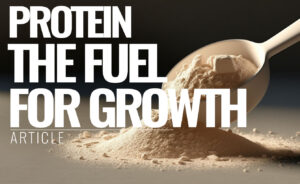
Revive Stronger
5 Science Backed Ways to Grow More Muscle Today

You want to grow more muscle?
Of course you do, why else would you be reading this article?
Muscle is great; it makes us look better, it makes us stronger, keeps us healthier and can increase our metabolic rate (albeit only slightly). So when someone tells me of ways I can increase my ability to gain muscle I am all ears.
What I am going to take you through are things you can do from today, others may require you to change your programming. All of them will however allow you to gain more muscle.
Table of Contents
#1 Consume your protein in 4 to 6 servings
We all know protein is important when it comes to building muscle.
Now it’s becoming more and more clear that there is a given amount of protein we should be consuming to best potentiate our ability to grow muscle. This amount is different for everyone and is mainly down to their total bodyweight. However, what is becoming increasingly clear is the importance of protein timing and dose.
[bctt tweet=”‘All that matters is total protein intake’…not quite” username=”revivestronger”]
Muscle Protein Synthesis (MPS) essentially means muscle building and Muscle Protein Breakdown (MPB) means muscle loss. The difference between MPS and MPB tells us whether or not we are building muscle, in other words:
MPS – MPB = Potential for Muscle Growth
If our MPB is greater or equal to MPS then we do not grow muscle, plain and simple. So if we want to grow as much muscle as possible we’d be smart to keep MPS as high as possible throughout the day. This is where protein dose and timing comes in, you see it’s been found that there is an amount of protein that will maximally stimulate MPS, more than that and you don’t see any more benefit. Furthermore, MPS doesn’t just stay peaked, it starts to drop and level off, by which point it would be smart to consume protein to peak it again.
You can think of this like getting your hair cut, there’s a certain amount you want to get trimmed off, more or less and you don’t get the desired result, and then you want to wait a given amount of time before getting it cut again. If you get it done too early or late, again you’ll end up looking like a mess. Just in the same way, you don’t want to consume too much or too little protein and you don’t want to do it too often or too infrequently, there is an optimal way to do it.
However.
This is optimal on paper, just like you could get a hair cut and get too much or too little chopped off, and do it too frequently or not frequently enough, you’ll still get an OK result, you won’t look a total mess so long as you see the barber. Just in the same way, so long as you hit your total protein needs you will still see muscle growth, it just could be better.
So, how much protein?
- 0.3g per kg/bw (if dairy based) or 0.4g per kg/bw (if mixed meal) [1]
So, how often?
- 4 to 6 servings, with 3 to 4 hours between each [1]
That should provide you, on paper, the most optimal protein dosing and feeding strategy according to current research. It might sound a bit obsessive, or restrictive, but when you think about it a 180lb male eating 180g protein per day could eat 4 meals and 1 post workout shake and consume 30 to 40g of protein per meal and he’d land within these recommendations, this is exactly what I do and it’s really easy.
#2 Train Muscle Groups at least 2xPer Week
I remember when I used to have one day focussed on a single body part per week.
- WO1: Back
- WO2: Chest
- WO3: Legs
- WO4: Shoulders
- WO5: Arms
I’d then take the weekends off.
The good thing about that was by the time next week came along I was super fresh and ready to go. However, that’s also the downside, because after WO1 my back was pretty much fully recovered after a couple of days, so I could have trained it much sooner.
Why is training something more frequently good?
- Stimulate MPS more often
This brings us back to MPS, when we train MPS is elevated, and remember how MPS – MPB = our potential to grow muscle, and so this elevation is good. However, research [2] has shown that MPS only remains elevated 24-48 hours after our workout, and therefore by training only once a week we miss the opportunity to bring it up again, which means we could miss out on building muscle.
- Per session volume is of greater quality
Now also think about this, during your ‘chest day’ you’ve hit incline bench, flat bench, decline bench, incline fly, flat fly and you’re moving onto decline fly…how good do you feel as you go through the session? Your form and ability to use heavy weights drops, this increases risk of injury and reduces the chance of muscle growth. Whereas, if you split this same amount of work into two sessions your form would be better and you’d be better able to use heavier loads, therefore all things being equal this would lead to more muscle.
This is just like trying to perform a knock out blow vs. a couple of jabs, the knock out blow is dangerous and hard to recover from, but the jabs are much easier to deal with and don’t take too much out of you. So rather than aim for one single knock out blow each week it makes sense to provide a number of higher quality jabs.
How often should we train a muscle group?
According to the following study ‘Effects of Resistance Training Frequency on Measures of Muscle Hypertrophy: A Systematic Review and Meta-Analysis’:
- “It can therefore be inferred that the major muscle groups should be trained at least twice a week to maximize muscle growth; whether training a muscle group three times per week is superior to a twice-per-week protocol remains to be determined.”
Thus, from the above information it’s pretty clear that if you want to grow bigger muscles, as effectively as possible, it makes sense to train them at least 2 times per week.
#3 Consume 5g of Creatine Daily
Supplements are for p*ssies.
I’m 100% natty, no creatine for me.
…shut the f*ck up!
Creatine monohydrate is not a steroid, and is found naturally within foods. Supplementing with creatine increases your intramuscular stores of phosphocreatine, which allows your body to resynthesize an energy source in your body called ATP.
What does creatine do?
- In simple terms creatine increases performance during high intensity activities that require short bursts of energy like weight-lifting and sprinting as well as activities that require a mix of short bouts and steady state energy.
Creatine is probably the single most studied dietary supplement with hundreds of studies showing a positive performance benefit. Creatine is an absolute must have performance supplement for those seeking to maximise their muscle growth.
[bctt tweet=”Use creatine: the single most studied dietary supplement showing a positive performance benefit” username=”revivestronger”]
According to the International Society of Sports Nutrition [4]:
“creatine is the most effective ergogenic (performance enhancing) nutritional supplement currently available to athletes in terms of increasing high-intensity exercise capacity and lean body mass during training”
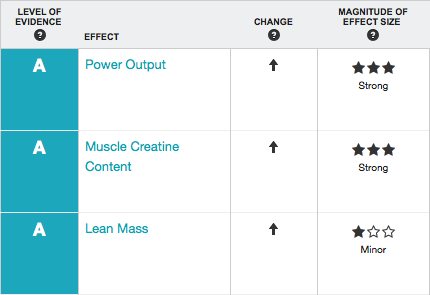
How much do we need?
-
Although maintenance doses as low as 2g/day have been shown to be effective, most of the research showing creatine’s positive effect used a maintenance dose of 5g/day, so we recommend 5g.
When do we take it?
- You do not need to worry about when during the day you take it.
- One study does support taking creatine monohydrate post workout [5] that may be something you want to try, especially if it’s convenient to put in a shake after.
Want a free sports supplement guide? Click here.
#4 Perform at least 10 sets
All you need is one really intense set.
High Intensity Training (HIT) for the win.
…sorry but it appears that approach is not the way to maximise your muscle growth, Mike Mentzer may have got jacked through his HIT protocols, but for most it won’t maximise your gains.
In a recent meta-analysis by the hypertrophy expert Brad Schoenfeld et al it was found [6]:
“there is a clear dose-response relationship between volume and hypertrophy. In the three way categorical model, performing 10+ sets produced almost twice the gains as performing less than 5 weekly sets per muscle (9.8% vs 5.4%). Performing 10+ weekly sets per muscle was also associated with a markedly greater increase in muscle mass compared to 5-9 sets (9.8% vs 6.6%).”
So you can see that performing less than 10 sets does provide a stimulus for muscle growth, but the more volume provided (up until 10 sets) provided greater gains.
“Thus, a higher volume approach is clearly necessary if you want to maximize muscular gains.”
Now the number of sets to optimise volume hasn’t been discovered, all we can be sure of is that 10+ weekly sets per muscle was established as a minimum threshold. So theoretically more than this could provide greater gains, but like many things there is going to be a point at which diminishing returns set in and more could lead to worse progress.
[bctt tweet=”a higher volume approach is clearly necessary if you want to maximize muscular gains” username=”revivestronger”]

Putting 10 sets into practice:
- Set up your training programme with 10 sets per muscle group.
- Monitor your recovery & progression week to week.
- If you’re adapting & recovering, add volume.
- Once you find you stop adapting & your recovery is poor, reduce volume (a deload could be implemented)
I’d like to remind you that there is overlap between muscles, for example when you do any back exercise your biceps will be involved to a degree. In this example I would consider half of your sets done on back to contribute to your biceps, so if you do 10 sets of back you only need another 5 sets on biceps to make up 10 sets for biceps. This would also apply to triceps when bench pressing, glutes when squatting etc.
#5 Eat more than you need
This may be last.
But it’s the MOST important thing you can start doing today to improve your chances of building muscle. You will not grow without sufficient calories, your body cannot build muscle out of nothing.
A calorie surplus is our most powerful tool for muscle gain.
[bctt tweet=”A Calorie Surplus: the most powerful tool for muscle gain” username=”revivestronger”]

1] Continual supply of nutrients for growth & repair
- First you get a continual supply of nutrients to fuel muscle repair, recovery and ultimately growth.
2] Increased testosterone to aid muscle growth
- Second our testosterone is maintained at a higher level, and this is an incredible anabolic hormone, it’s a prime reason men are more muscular than women.
3] Increased insulin to help store nutrients in muscle
- Third insulin, another very anabolic hormone is sustained at higher levels for longer periods of time, it stores nutrients to help build muscle.
4] Enhanced cellular signalling for muscle growth
- Fourth eating in a calorie surplus enhances cellular signals that allow for direct stimulation of muscle growing pathways.
We get all of this, just by eating more than we need to sustain our weight.
Think about it this way, you’re looking to build an extension to your house. The building materials being food and the workers being your weight training. If you have sufficient workers but insufficient building material, are you going to get that extension? Hell no.
You need both sufficient workers and plenty of building material to build the extension, just in the same way your food augments your training, without a surplus of calories you won’t be able to grow muscle. For anyone who isn’t new to the gym this holds true, and if you attempt to grow without a surplus, you’ll spin your wheels.
How much of a surplus? Read here.
And there you have it.
5 things you can start trying to implement from today that will ensure you’re building more muscle.
1] Consume your protein in 4 to 6 servings
2] Train Muscle Groups at least 2xPer Week
3] Consume 5g of Creatine Daily
4] Perform at least 10 sets
5] Eat more than you need
It’s science.
WHAT NEXT?
Want a ‘made for you’ training & nutrition plan to grow lean muscle? Go here.
Join my free facebook group or add me on snapchat (revivestronger) and ask your question there, I will respond asap. Or if you’d like to learn more about sports supplements and which could help you download a free supplement ebook here.
One more thing…
Do you have a friend who would love the above? Share this article with them and let me know what they think.
[bctt tweet=”5 Science Backed Ways to Grow More Muscle Today” username=”revivestronger”]
References
- Macnaughton, L & Witard O. New insights into protein recommendations for promoting muscle hypertrophy. The Sport and Exercise Scientist. Issue 41. 2014
- MacDougall JD1, Gibala MJ, Tarnopolsky MA, MacDonald JR, Interisano SA, Yarasheski KE. The time course for elevated muscle protein synthesis following heavy resistance exercise.Can J Appl Physiol. 1995 Dec;20(4):480-6.
- Krieger JW1.Single vs. multiple sets of resistance exercise for muscle hypertrophy: a meta-analysis.J Strength Cond Res. 2010 Apr;24(4):1150-9. doi: 10.1519/JSC.0b013e3181d4d436.
- International Society of Sports Nutrition position stand: creatine supplementation and exercise. Journal of the International Society of Sports Nutrition, 2007, 4:6
- Antonio J1, Ciccone V1. The effects of pre versus post workout supplementation of creatine monohydrate on body composition and strength. J Int Soc Sports Nutr. 2013 Aug 6;10:36. doi: 10.1186/1550-2783-10-36. eCollection 2013.
-
Schoenfeld BJ1, Ogborn D2, Krieger JW3.Dose-response relationship between weekly resistance training volume and increases in muscle mass: A systematic review and meta-analysis.J Sports Sci. 2016 Jul 19:1-10. [Epub ahead of print]
We are a personal coaching service that helps you achieve your goals. We want you to become the best version of yourself.


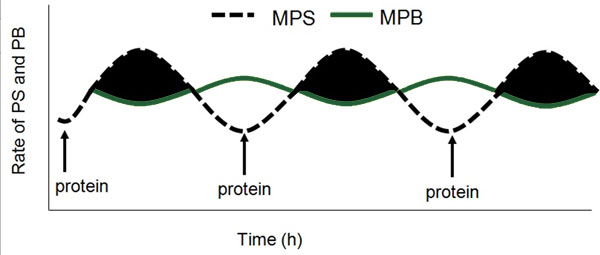
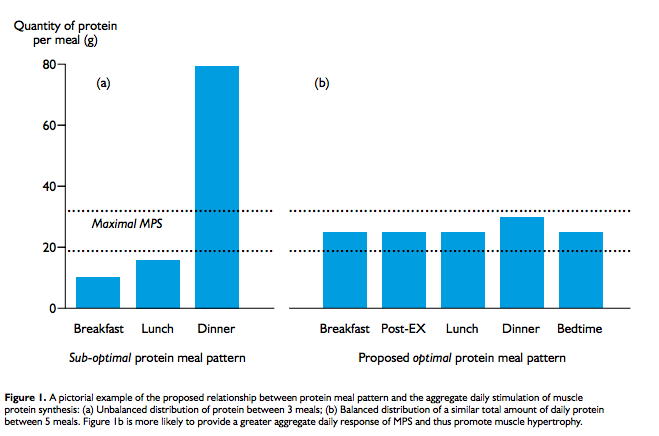




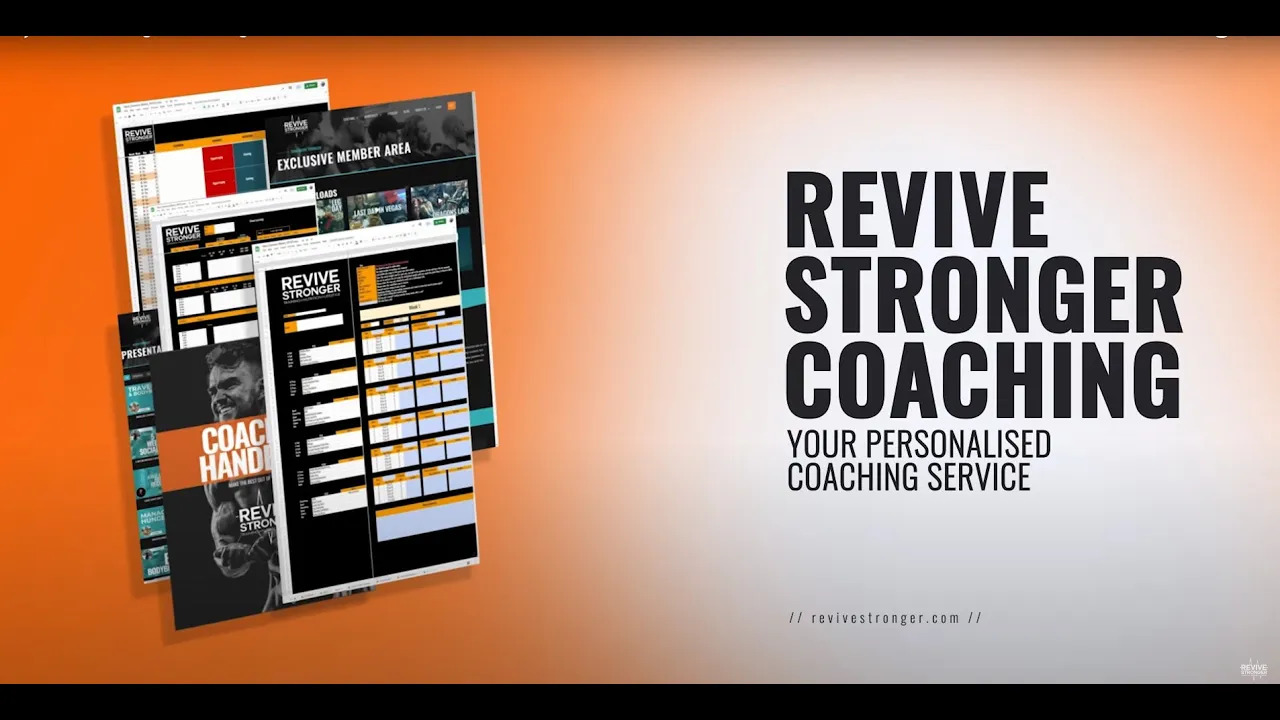
Comments are closed.